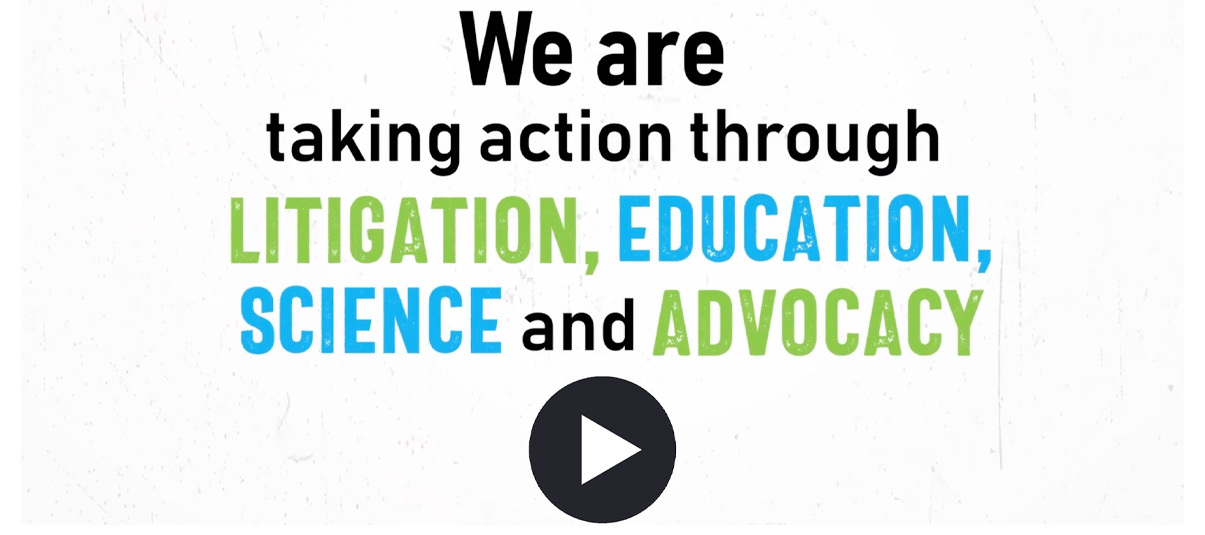Fetal DNA in Vaccines Linked to Autism? Peer-Reviewed Study Raises Alarming Genetic Questions
Peer-reviewed research links fetal-cell–derived vaccine production with residual human DNA far above safety thresholds and raises new questions about genomic integration and autism correlations.
A peer-reviewed paper published in Issues in Law & Medicine by Theresa A. Deisher et al., titled “Epidemiologic and Molecular Relationship Between Vaccine Manufacture and Autism Spectrum Disorder Prevalence” reports that several childhood vaccines manufactured in human fetal cell lines contain unexpectedly high levels of residual human DNA fragments — in some cases exceeding the U.S. FDA’s recommended safety limit by more than twentyfold.
According to the study, these DNA fragments are small enough to enter the nucleus of human cells and align with chromosomal regions known as “recombination hotspots” — areas particularly vulnerable to insertion events. The authors suggest that such fragments could, under certain conditions, integrate into human DNA, potentially disrupting gene function.
Key Laboratory Findings
Researchers tested two vaccines produced in fetal cell lines — Meruvax II (rubella component of MMR II) and Havrix (hepatitis A) — and reported:
-
Residual human DNA content:
-
Meruvax II: ~142 ng single-stranded + 35 ng double-stranded DNA per vial
-
Havrix: ~276 ng single-stranded + 35 ng double-stranded DNA per vial
These quantities exceed the FDA’s 10 ng per dose guideline by up to 2,760%.
-
-
Fragment size:
-
Meruvax II fragments averaged ~215 base pairs — small enough for spontaneous nuclear uptake.
-
Havrix contained fragments exceeding 48,000 base pairs — large enough to include entire genes and regulatory sequences.
-
-
Human cell uptake:
Laboratory experiments demonstrated that similar DNA fragments were absorbed into human cell nuclei within 24–48 hours and, under controlled conditions, showed evidence of genomic integration.
Population-Level Correlations
The study also examined population data from the UK, Norway, and Sweden following the 1998 MMR controversy triggered by Dr. Andrew Wakefield’s Lancet publication. During the years when MMR vaccination rates declined, autism prevalence reportedly plateaued or fell; as coverage later recovered, autism diagnoses increased again.
The authors describe this as a “natural experiment,” suggesting a potential epidemiologic link between fetal-cell–derived vaccine uptake and autism spectrum disorder (ASD) trends.
Potential Mechanism: Insertional Mutagenesis
Deisher’s team identified 280,000 “meiotic recombination hotspots” across the human genome — clusters disproportionately located in genes associated with autism, particularly on the X chromosome.
Because these sites are prone to double-strand breaks, the presence of external DNA fragments may heighten the risk of “insertional mutagenesis,” where foreign DNA integrates and alters gene expression.
While direct evidence in vaccinated humans is not yet available, the researchers argue that the observed laboratory integration provides a plausible biological mechanism for vaccine-related genomic disruption.
Ethical and Scientific Implications
The findings reignite debate over the safety of fetal-cell–derived vaccines and the adequacy of current regulatory standards for residual DNA.
“Vaccines manufactured in human fetal cell lines contain unacceptably high levels of fetal DNA fragment contaminants,”
— Deisher et al., Issues in Law & Medicine (2015)
Critics of the study note that the evidence for genomic integration is based on cell-culture experiments and ecological correlations rather than direct clinical proof. Nevertheless, the results highlight a need for greater transparency and further investigation into manufacturing methods, long-term safety, and potential genetic effects.
McCullough Foundation epidemiologist Nicolas Hulscher, MPH, discussed the study’s findings in detail on his Substack, calling it
“one of the most significant underreported vaccine safety studies of the past decade.”
************************************************************************************************************************

